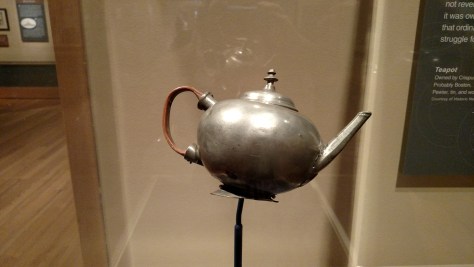
The American Revolution was much more of a civil war than a revolution. Though the patriot struggle focused on the problems with Parliament and the King, it brought them also to odds against their neighbors and family members. When most people think about the war they imagine a sharp dressed British army invading the colonies and spreading havoc. Those that may know a little more can also picture the German troops that fought on behalf of the British. Most people however don’t think about how many “Americans” fought against the revolution.
John Adams, later in life, said (paraphrasing) that about a third of the country supported the patriot cause and about a third remained loyal to Britain. Approximately 19,000 men answered advertisements like the one shown above and actually fought as a part of the British Army during the war. That does not take into account loyalists militias, partisans, or those that swapped sides at some point. As far as civilians that remained loyal the number was between 200,000 and 500,000 thousand out of a population of about 3 million. A fairly wide gap, but accounts differ.
There were many reasons that men joined the British Army instead of the American cause. Many remained loyal to the king, they saw themselves as Englishmen and those that called themselves patriots were just thugs looking to enrich themselves. Some were men that became disillusioned with the cause and thought they would be on the winning side if they switched. There were some that were captured and given the choice to join the British Army, or face an almost certain death on the prison ships in New York Harbor. Some looked to settle old scores with neighbors that came down on the other side of the conflict. Their stories are wide and varied and just like their patriot counterparts they had their reasons.
Unfortunately the civil war aspect of the revolution lead to some of the most brutal and viscous fighting, especially in the South. Nothing that the Red Coats or Hessians or heck even he Native Americans, could do that would match any of the brutality of the backwoods of the Carolinas.
After the war the Loyalists found themselves out in the cold. Many of them no longer had homes as their property had been confiscated and for the most part they were just not wanted. Almost 100,000 of them left the country and resettled Newfoundland, Canada, or simply went back to England. Those who stayed faced discrimination and sometimes violence, for a while. Eventually the wounds faded and those that stayed became part of the fabric of the brand new country.









